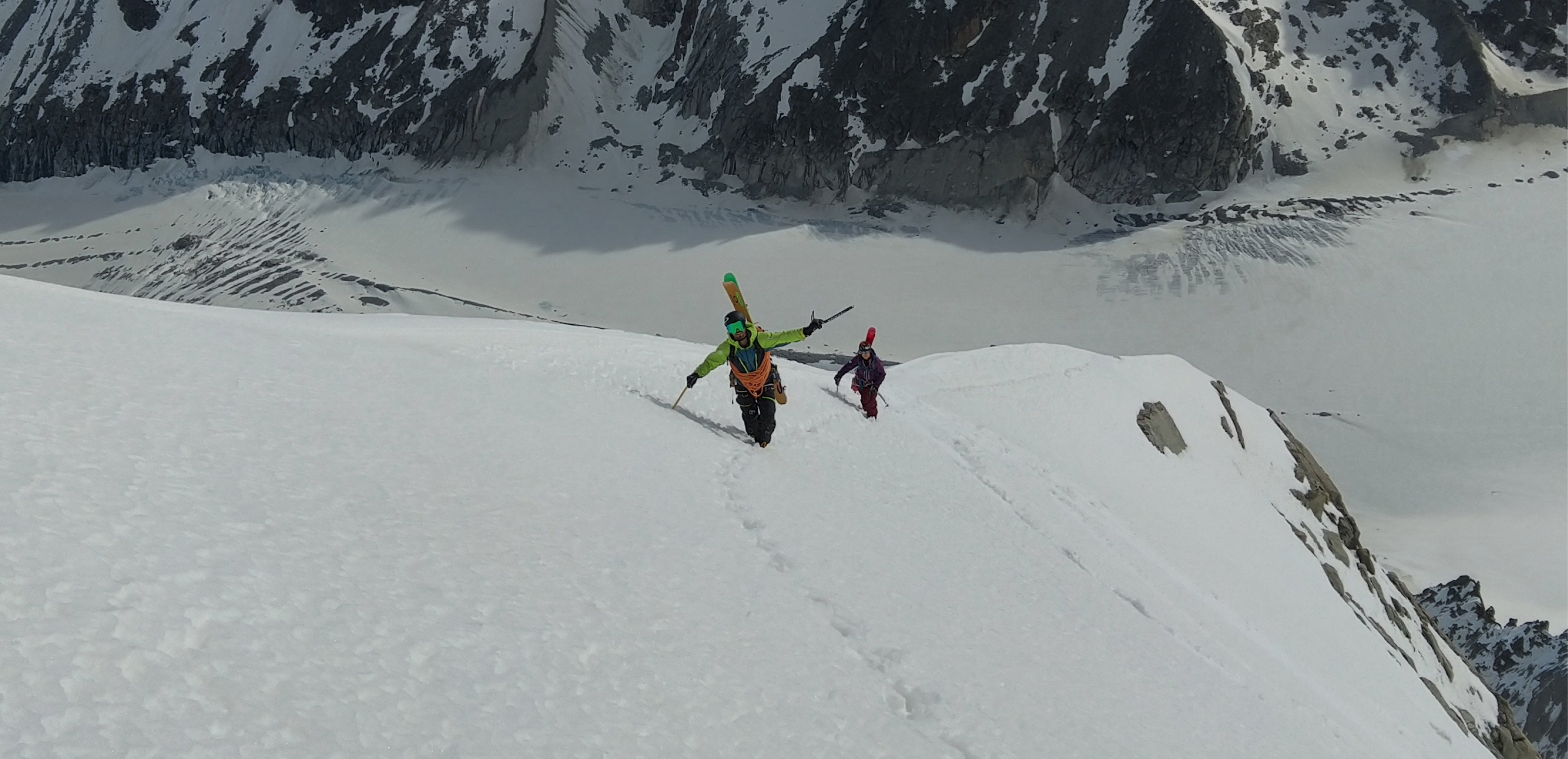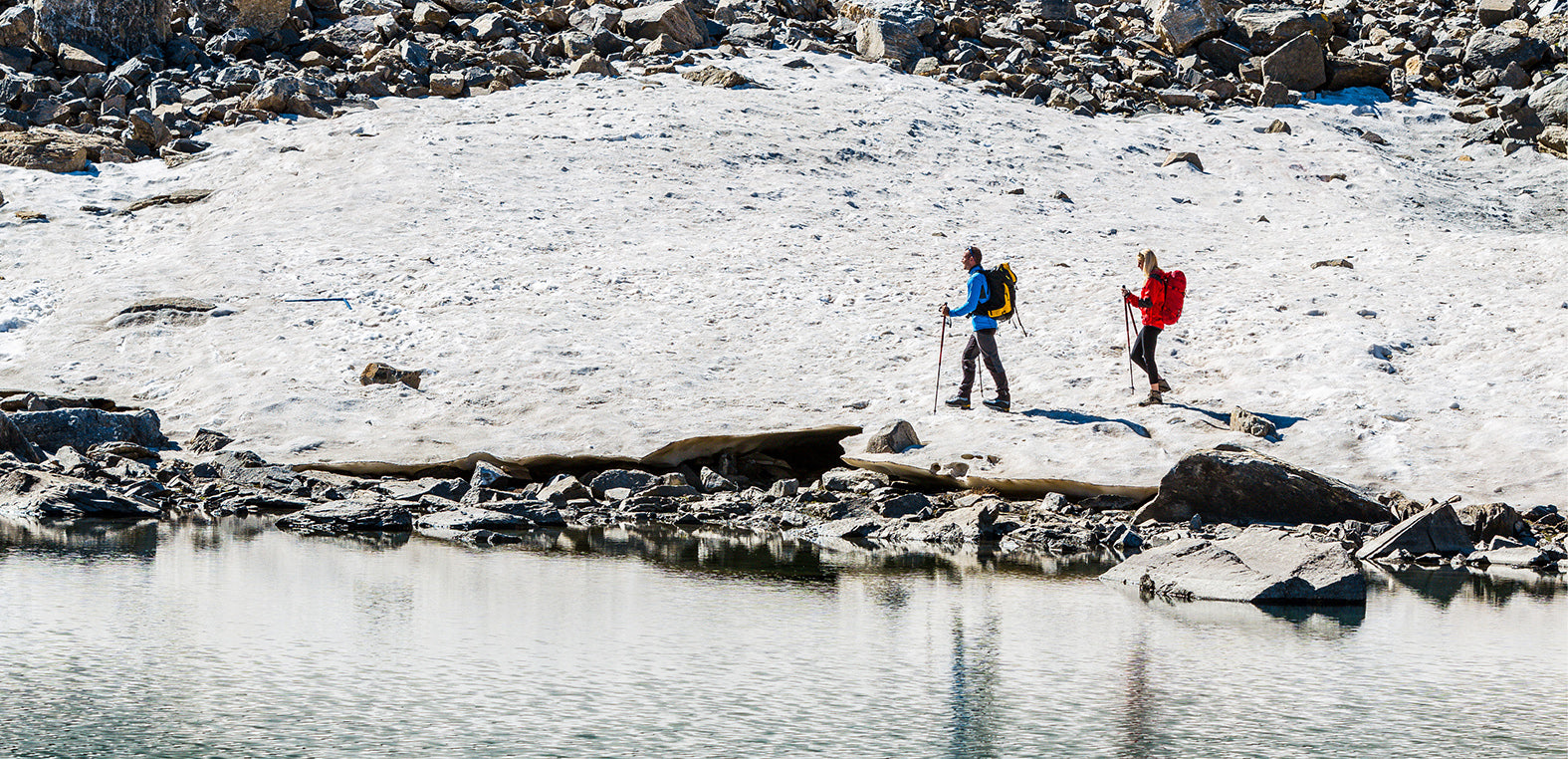
The abandoned ski resorts in the Italian Alps: climate change creeps inexorably upwards by Professor Marco Grasso
Published on 16/04/2021
There’s no business like snow business, but, thanks to climate change, the fairytale of immaculate white slopes framed by pristine Alpine forests is skating on very thin ice, literally and figuratively. It was back in 1761 that the great Swiss Enlightenment thinker Jean Jacques Rousseau described how the British, fascinated by the wholesome, healthful European mountain range and the virtues of the folks who dwelled therein, pioneered modern Alpine skiing as a recreational sport. And thus the transformation of the Alps into a mountain playground was decreed, with the first modern resorts springing up at the dawn of the 20th century.
An incredible 1136 ski resorts now pepper the mountain playground that is the Alps today, with 197 of them found on Italian territory. Europe’s Alpine mountain range, stretching 1200 km and bestriding eight nations, has only 20% of the worldwide ski resorts, but attracts 80% of overall visitors; that’s 150 million tourists hitting the Alpine slopes per annum, a figure that has remained relatively stable for the past twenty years: Of these, around a fifth – between 25 and 30 million winter sports enthusiasts – decide that the Bel Paese offers the best mix of food, hospitality and, of course, glittering white gold. Seven of these Italian Alps resorts see over one million tourists vying to hustle through their ski-lift turnstiles every year.
But what do these numbers translate to in economic terms? Winter holidays on the slopes in the Alps add $33 billion (almost €28 billion) overall per annum to the coffers of the Alpine nations, while the 2018-2019 ski season saw the Italian resorts taking €10.4 billion – a figure that includes ski passes, hotels and complementary services – a drop of 11% compared to the previous year’s takings.
A recent study found that in the 1990s our planet lost roughly 800 billion tons of ice each year; that figure has since soared to around 1.2 trillion tons, making a total of 28 trillion tons of melted ice between 1994 and 2017. Higher global temperatures are having the inevitable effect of shrinking mountain glaciers from the Alps, to the Himalaya and the Andes. And the upshot of all this is that snow is disappearing, even at higher altitudes, where once it came down in abundance. Because climate change affects mountainous regions even more mercilessly that lower lying lands: the Alps saw average temperatures go up by 2 °C in the 20th century, compared to an average of circa 1 °C for the northern hemisphere (and this average is not levelling out; on the contrary, it is heading along at a steep vertical projectile motion, but without the force of gravity to eventually help drag it back down). It is being seen, to striking effect, on Alpine ski stations located between 1500 and 2000m above sea level. Forecasts for the region predict that warming will worsen, leading to reduced snowfall and the number of days in which the temperature will remain below the vital 0 °C. And then it’s a case of cause-and-effect 101: according to one study, in the Alpine regions where reliable snow cover (at least 30 cm per 100 days /year) is currently at 1500 m, a 1 °C increase would lead to the altitude rising to 1650 m, a 2°C increase to 1800m. Of the 666 currently operating medium-to-large Alpine ski resorts, 90% normally have enough snow to cover the ski season for 100 days per year. A future rise of 1 °C could see this figure drop to 500, 2 °C to 400, etc. You get the picture. But the loss of snow at high altitudes has consequences far more serious than some elite tourists missing out on some après-ski: the surfaces remaining uncovered by snow means the earth absorbs more heat instead of reflecting it, exacerbating the temperature on the mountain, something defined in environmental terms as positive feedback.
But the loss of snow at high altitudes has consequences far more serious than some elite tourists missing out on some après-ski: the surfaces remaining uncovered by snow means the earth absorbs more heat instead of reflecting it, exacerbating the temperature on the mountain, something defined in environmental terms as positive feedback.
But let’s examine the Italian scenario: of the 290 ski resorts in the country as a whole, 197 are fully functioning in the Italian Alps. But that is 200 less than the heyday of the 1960/1970s winter holiday boom and snow abundance. Yes, there are as many deserted resorts as there are functioning ones. 
Driving through the Alps, the first sign you are approaching a ski resort is the distance curving slopes snaking down the mountainside, stripped of trees. But that can be a cursory impression is the only sign of a once bustling ski resort. If you venture nearer, you see how the surrounding wildlife is claiming back its territory, creeper plants vying to help pull down the crumbling of the walls of the hotels; you can even step into these eerie former accommodations, their doors long since torn off their hinges, the graffiti on the walls testament to the impromptu parties held by the youth of the neighbouring valleys, the abandoned sleeping bags and used hypodermic needles evidence of them being used as temporary shelter by those down on their luck. When – if! – the snow does fall, the warm chestnut shades of the rusting steel cables provide stark contrast to the pure white of the surrounds, the once bustling resort now reduced to a ghost town.
A Legambiente Neve Diversa 2020 report divided the abandoned resorts into three categories: those completely abandoned, those temporarily closed in the hopes of more prosperous times, and those being kept alive thanks to the injection of huge sums of public funding to maintain jobs, a kind of temporary life support before the inevitable. The report highlights how, for example, 60% of funding for artificial snow came out of the taxpayer’s pockets in the Piedmont region, to cite one example, for the 2019 season. At what cost? Well, according to the WWF, every hectare of piste requiring artificial snow uses around 95 million cubic metres of water and 600 gigawatt-hours of energy per year, at a cost of €136,000. And that’s without even taking into consideration how these artificial means impact the ecology of the localities, with soil erosion and the pollution of local water supplies being just the first ones to spring to mind. The Club Italiano Alpino, the association at the vanguard of safeguarding the Italian Alpine environment, is the first to proclaim that, in order to adapt to climate changes and safeguard the local ecological and economic system, diversification must be explored, the system cannot subsist on the monoculture of the ski resort alone.
On a different note, one curiosity arises from the receding snow on the Alps: some rather unexpected souvenirs are being unveiled. Sleds, skis, goggles, trenches, personal belongings, cannons and other major artillery abandoned during the so-called ‘Guerra Bianca’, the Italian-Austrian battlefront during World War I. Never before had warfare taken place at such high altitudes, even reaching over 3,000 metres above sea level; at an exhibition sponsored by the National Geographic, photographer Stefano Torrione’s suggestive and poignant images narrate the Great War on the Adamello Massif as few words could.
Thomas Mann’s Magic Mountain, considered to be one of the greats of early-20th century German literature, has as one of its central themes the destruction wreaked by great swaths of civilised humanity. The protagonist Hans Castorp visits his sickly cousin seeking a cure in a sanatorium in Davos, in the Swiss Alps, just across the Italian border. Yes, the same Alpine setting where the great and the good gather annually at the World Economic Forum to figure out how to undo the destruction wreaked on our planet by civilised humanity.

Marco Grasso is Professor of Economic and Political Geography at the Università of Milan-Bicocca. His research interests include international environmental policy and climate change governance. He currently works on a project on the role of the fossil fuel industry in climate change and the decarbonisation of energy systems.


